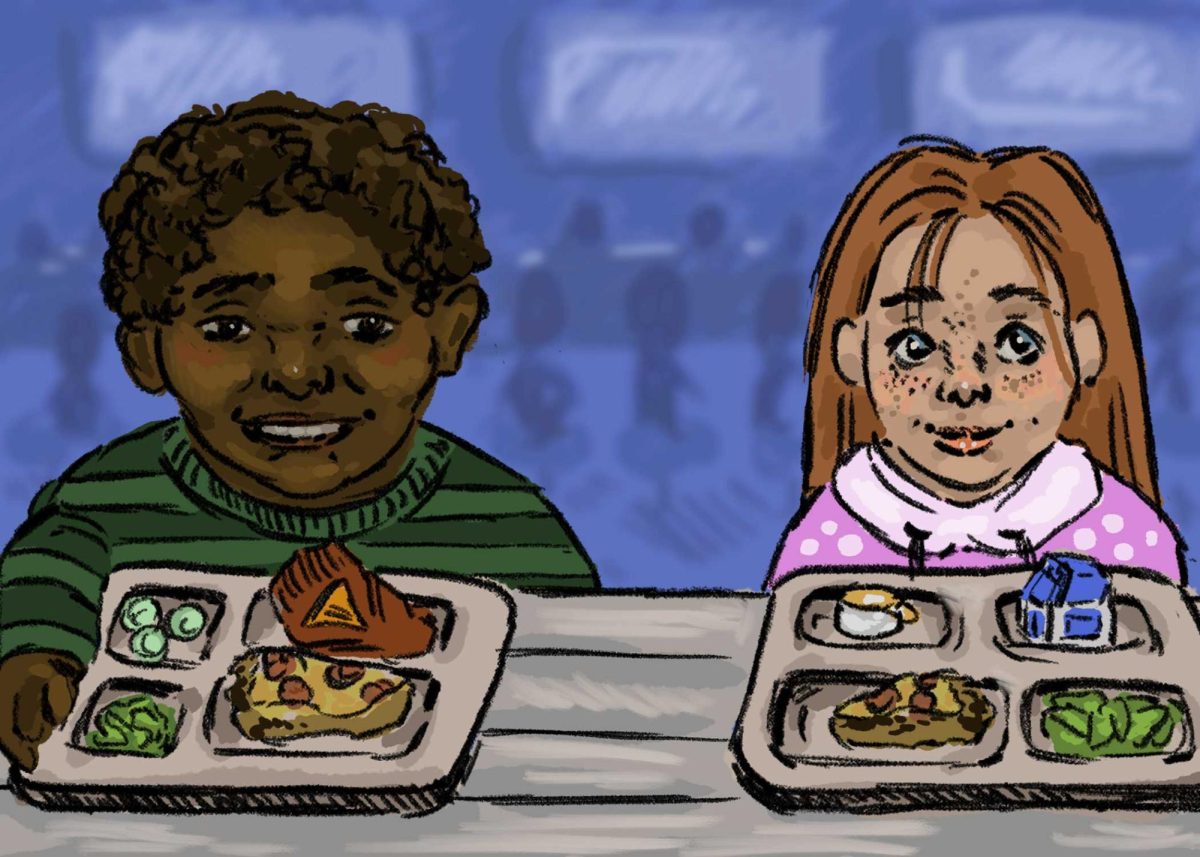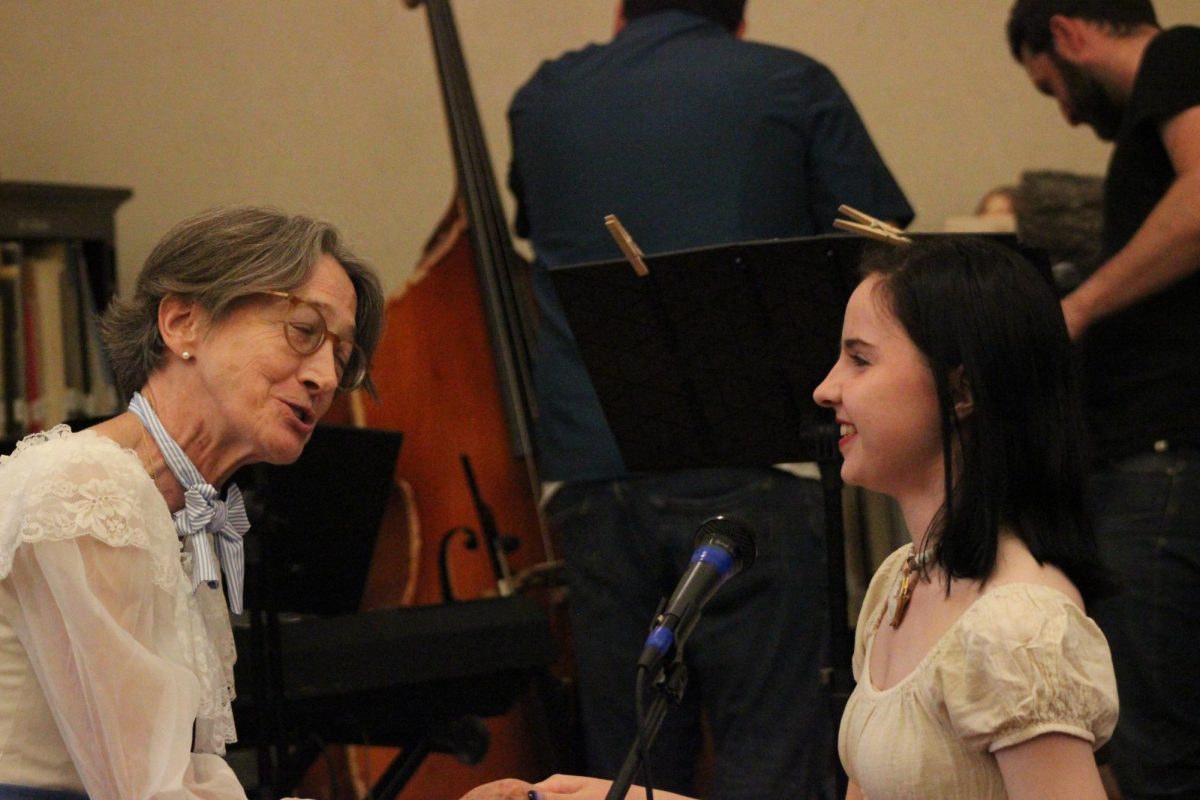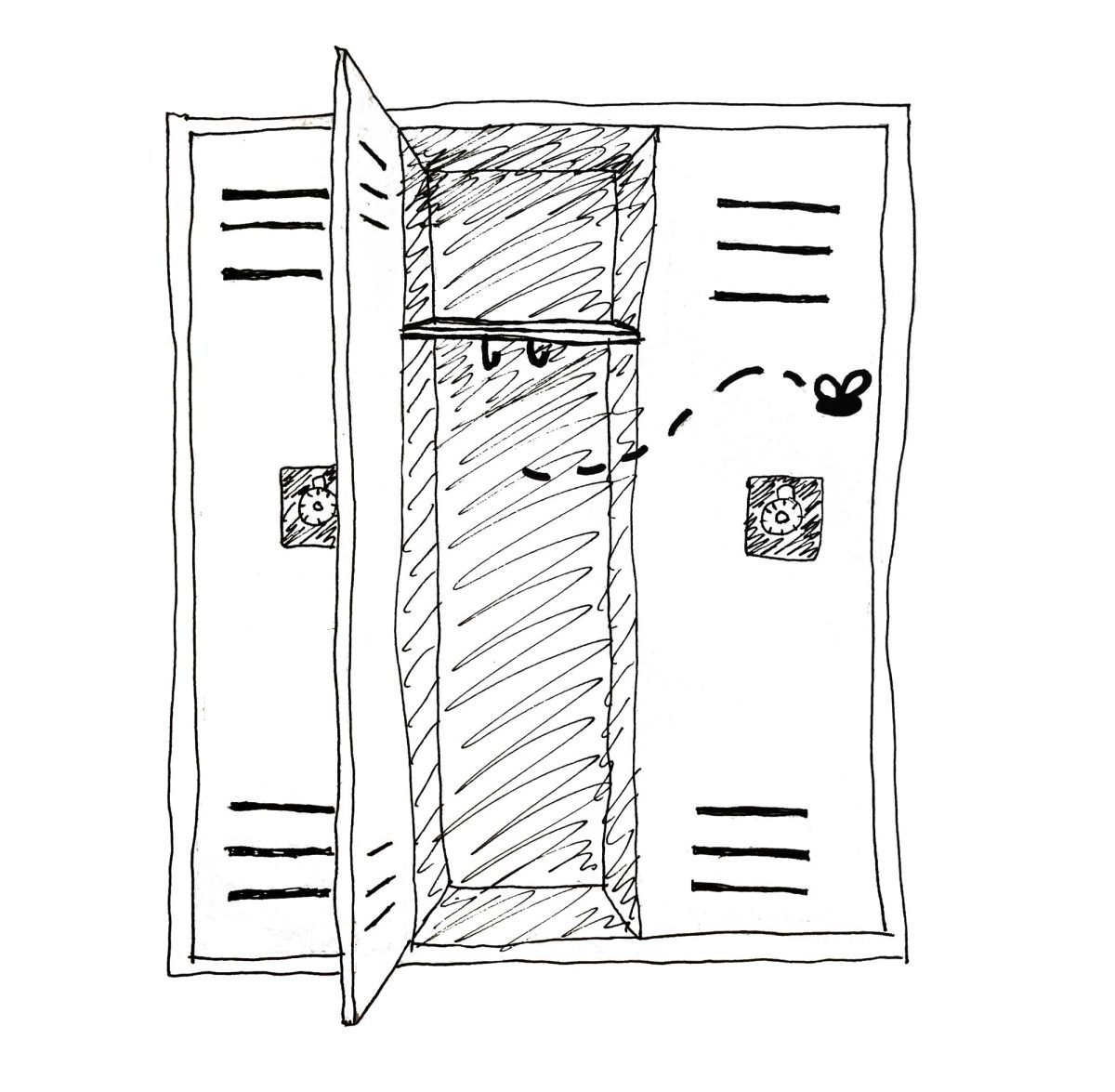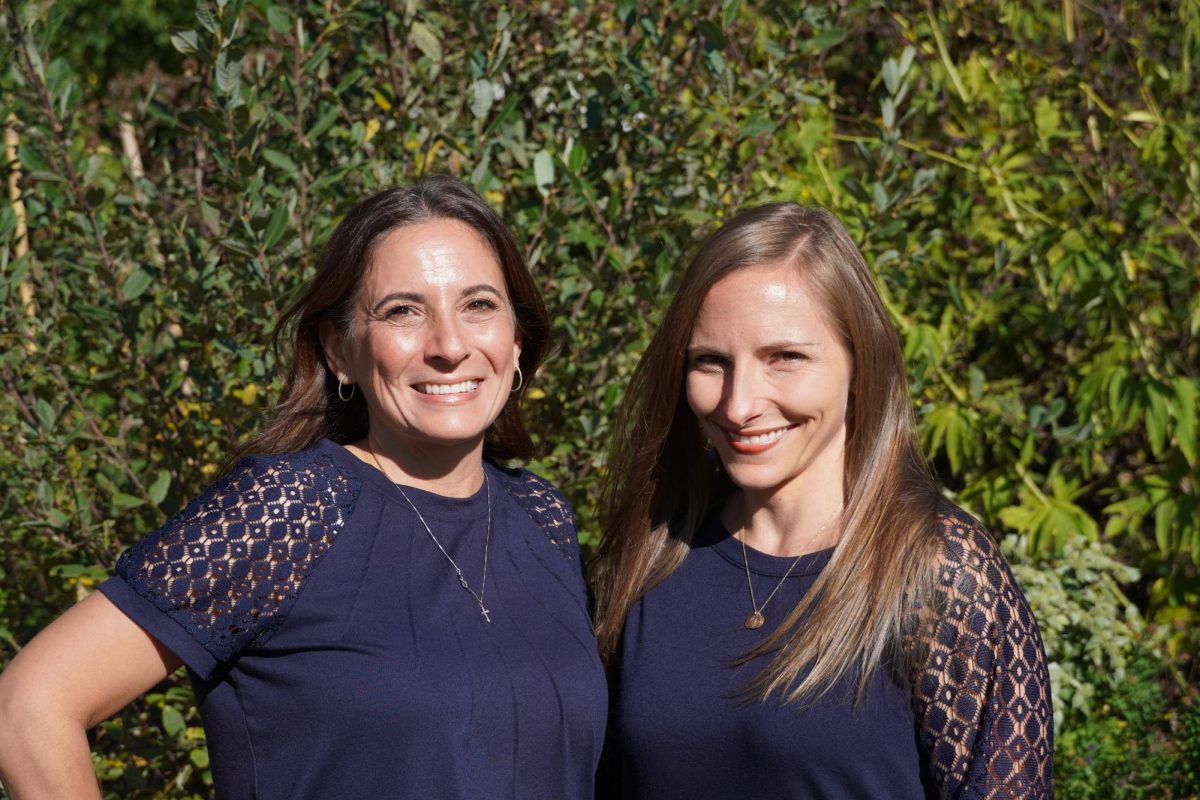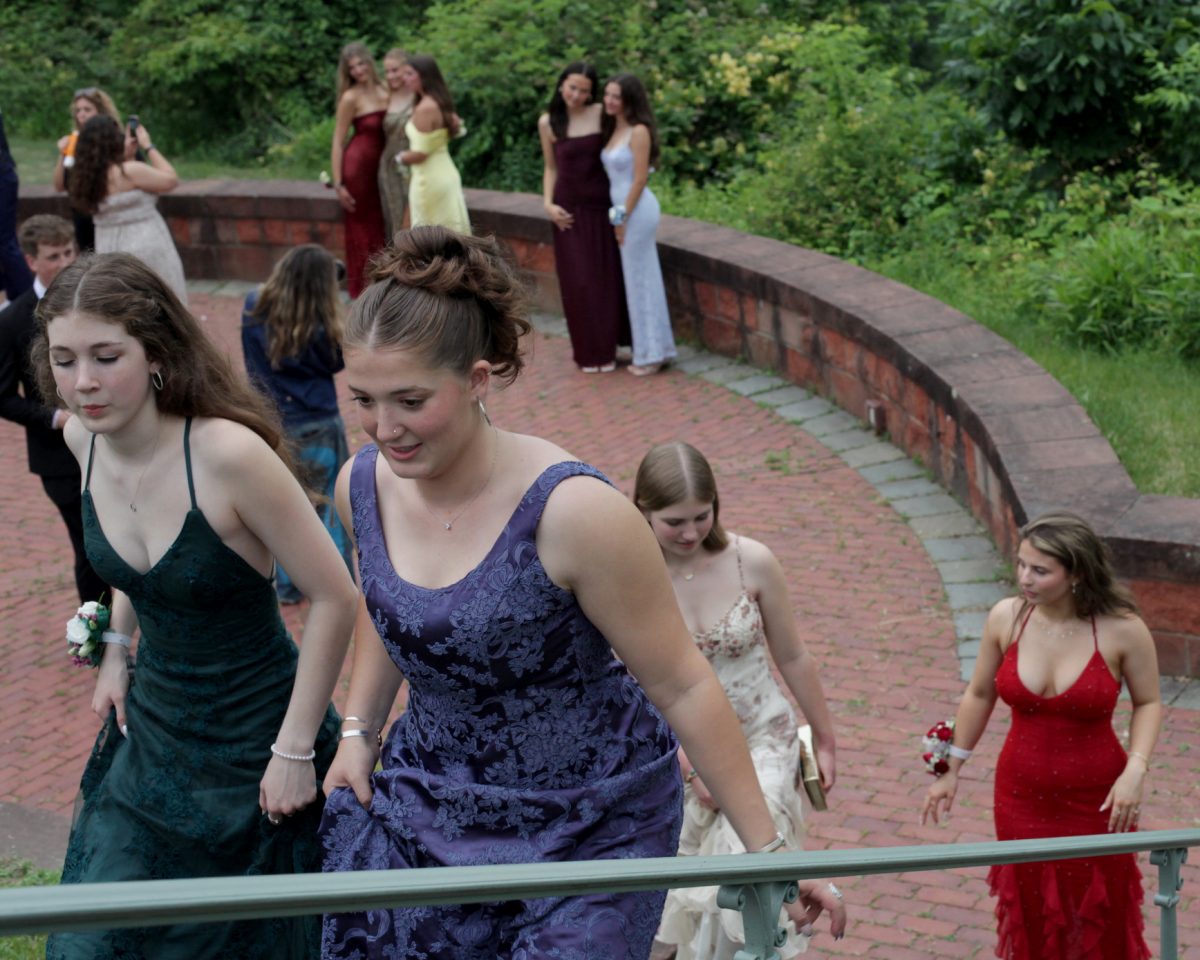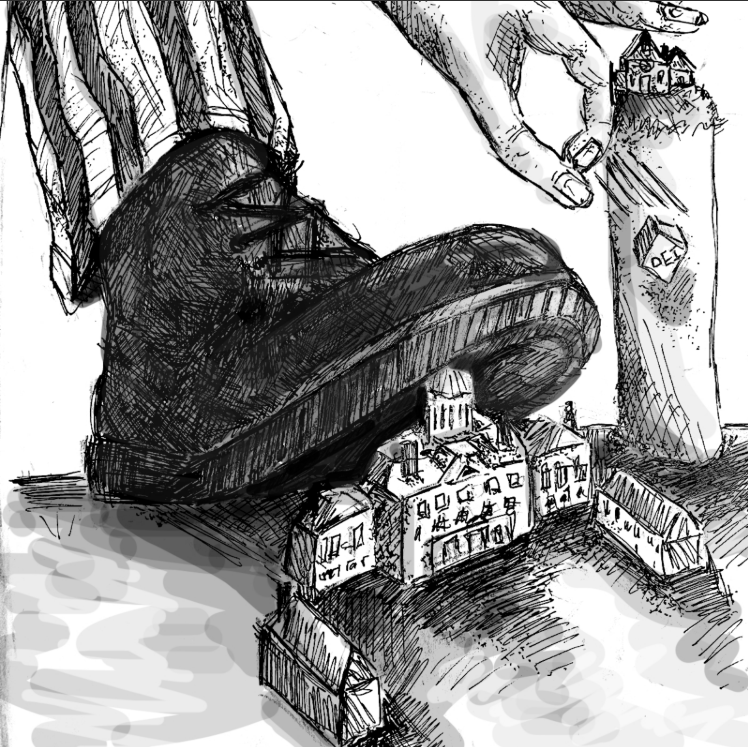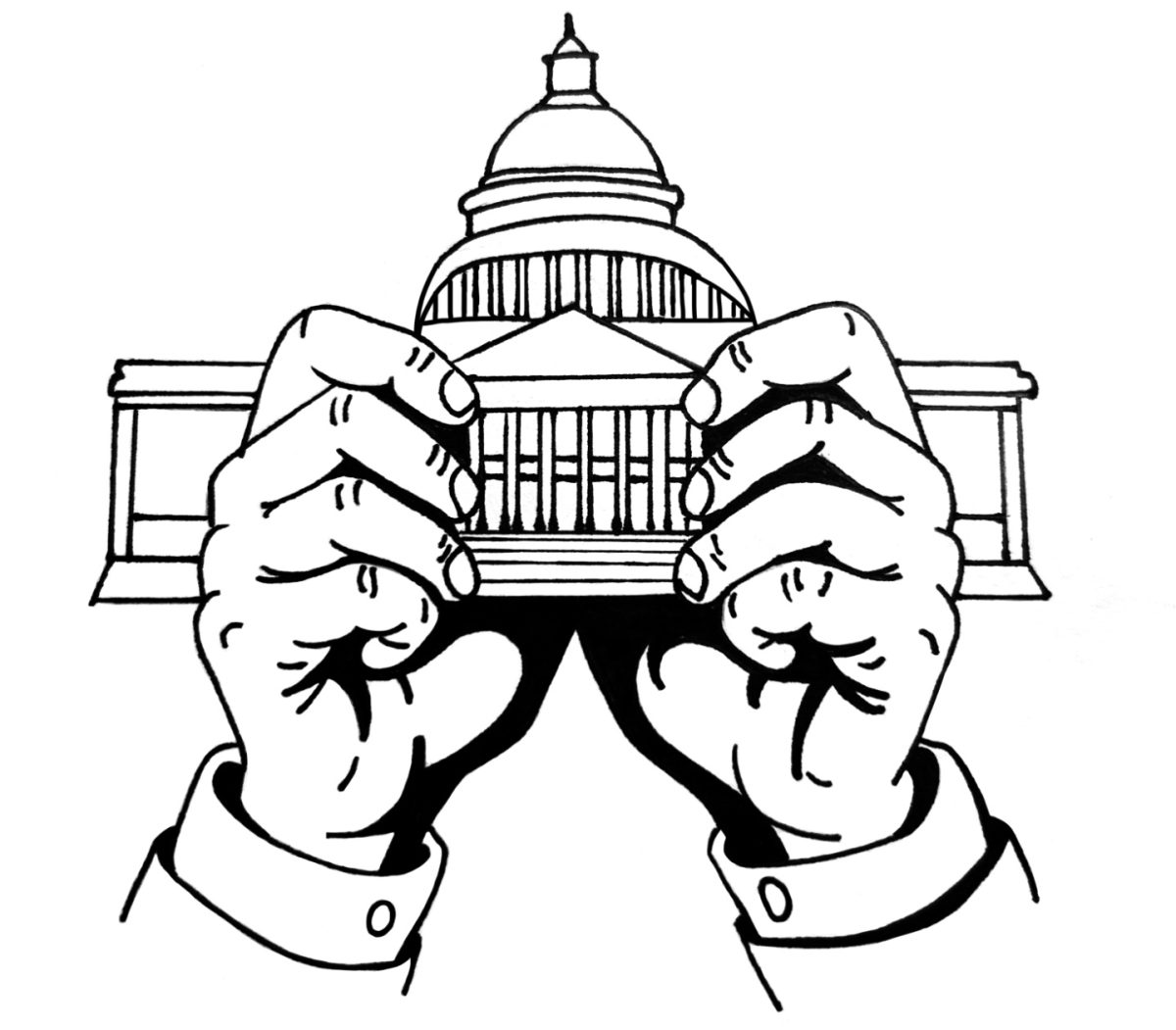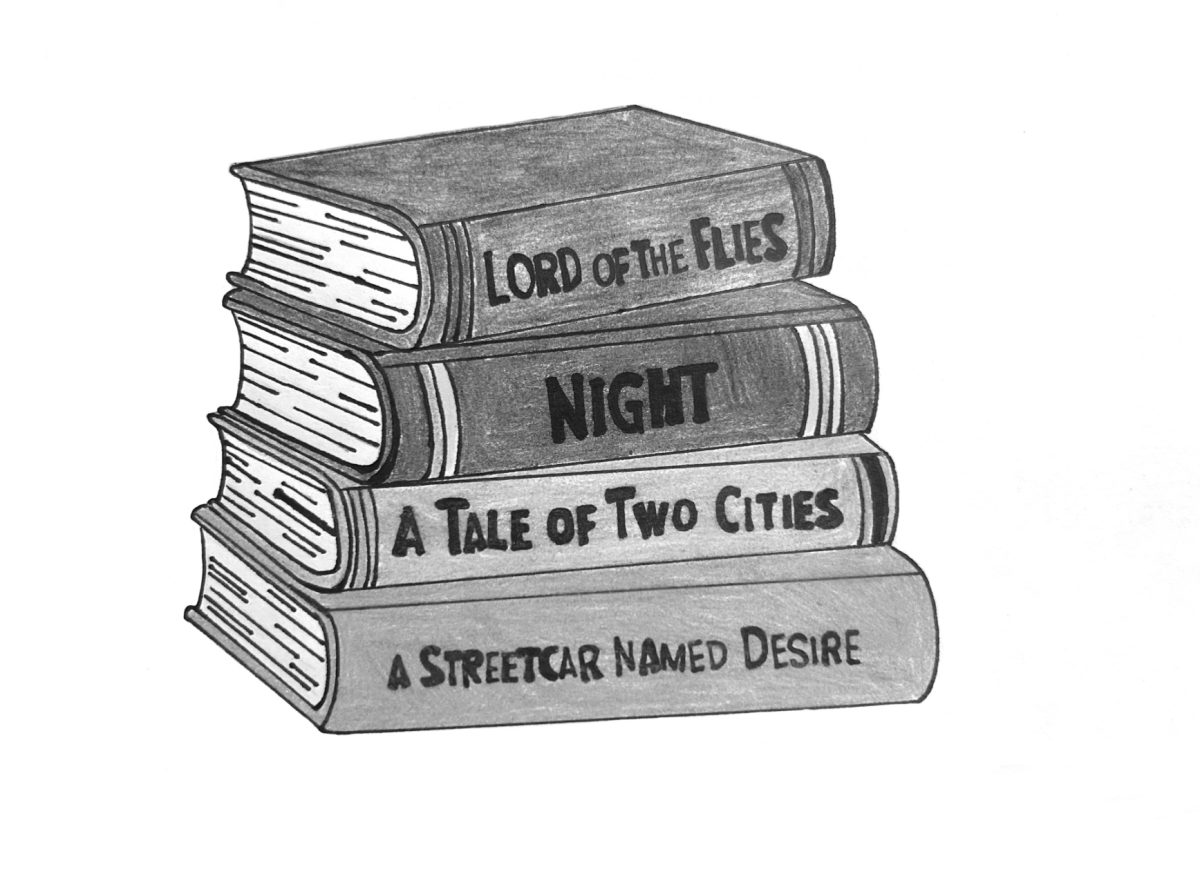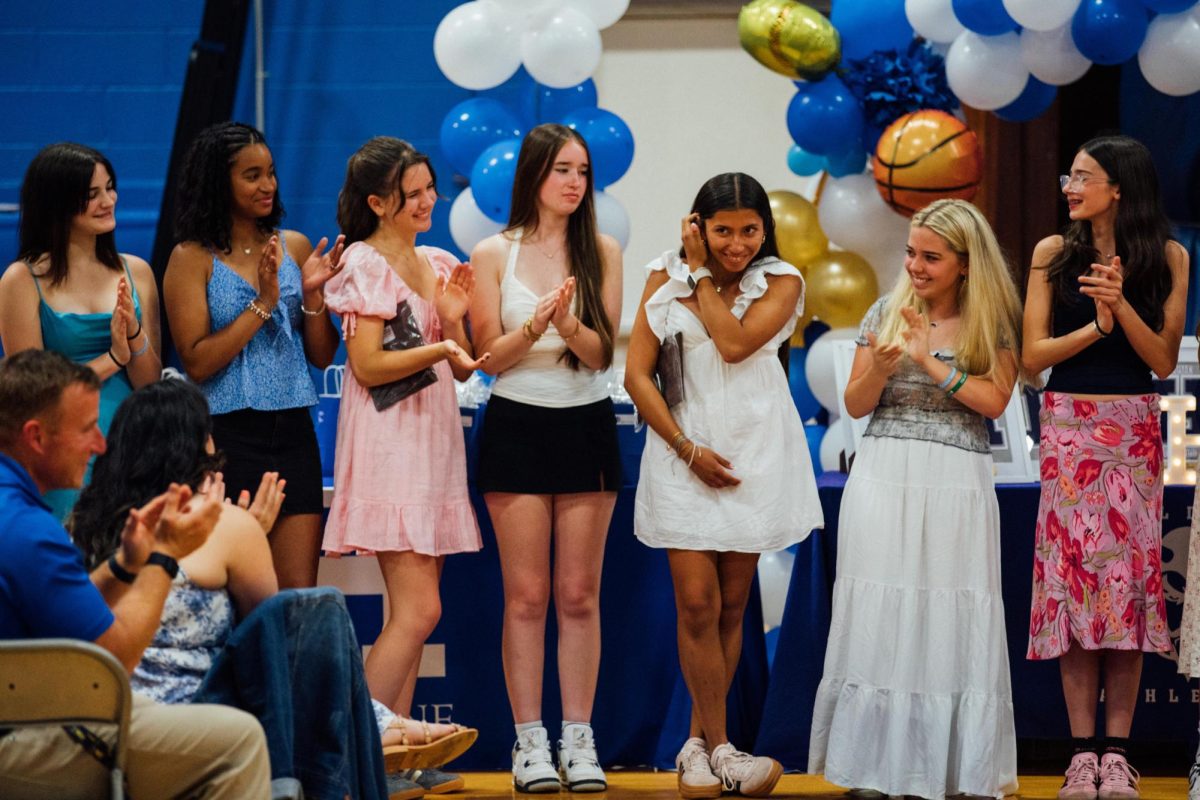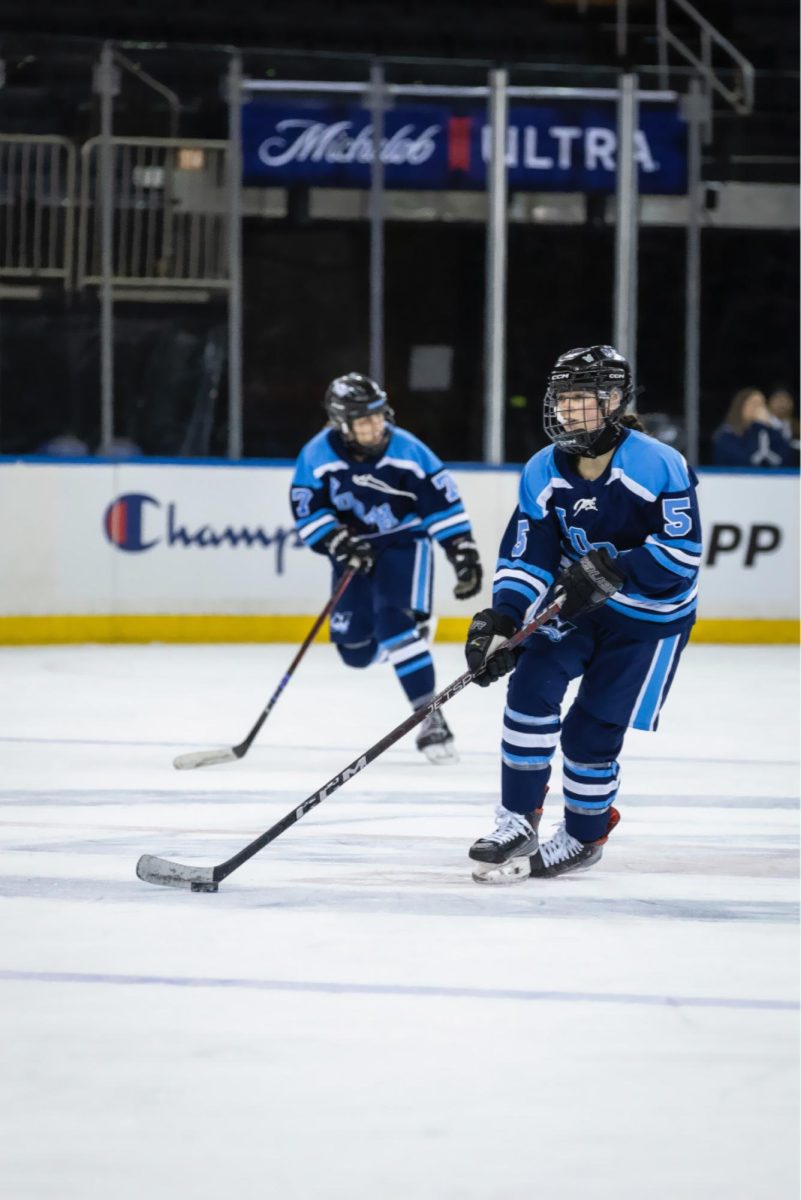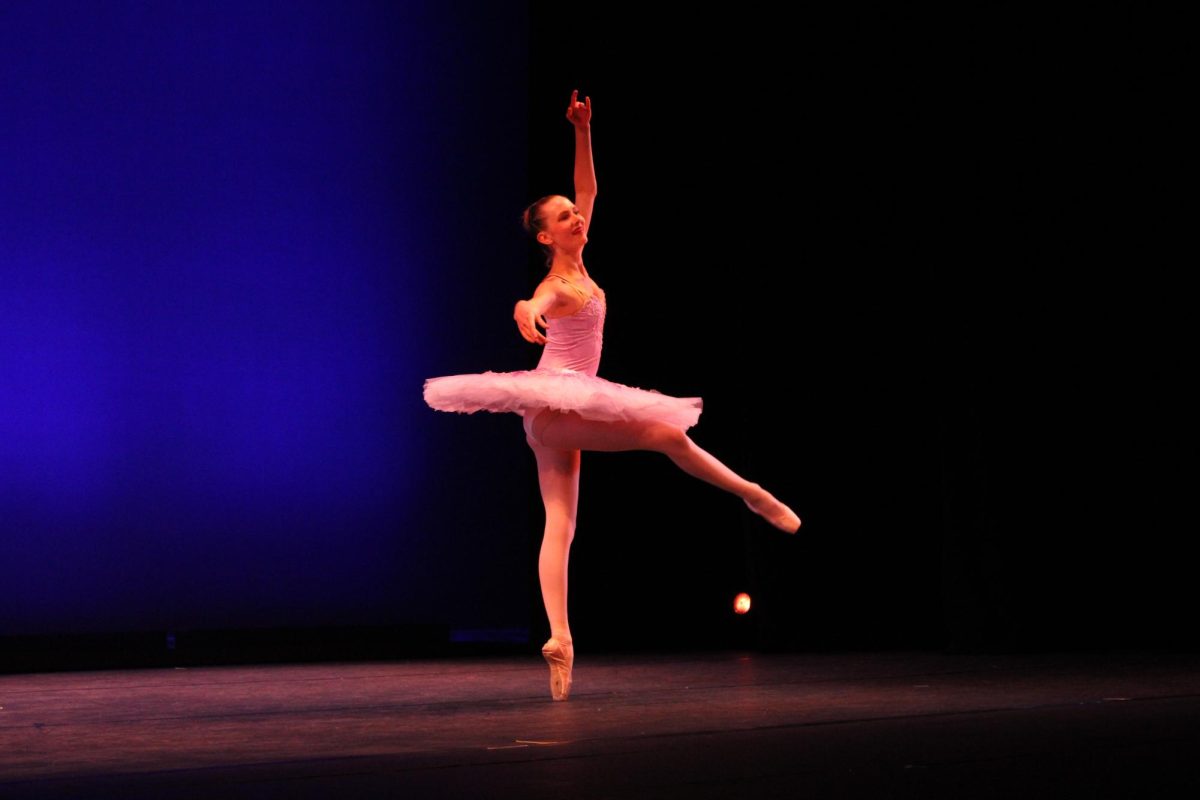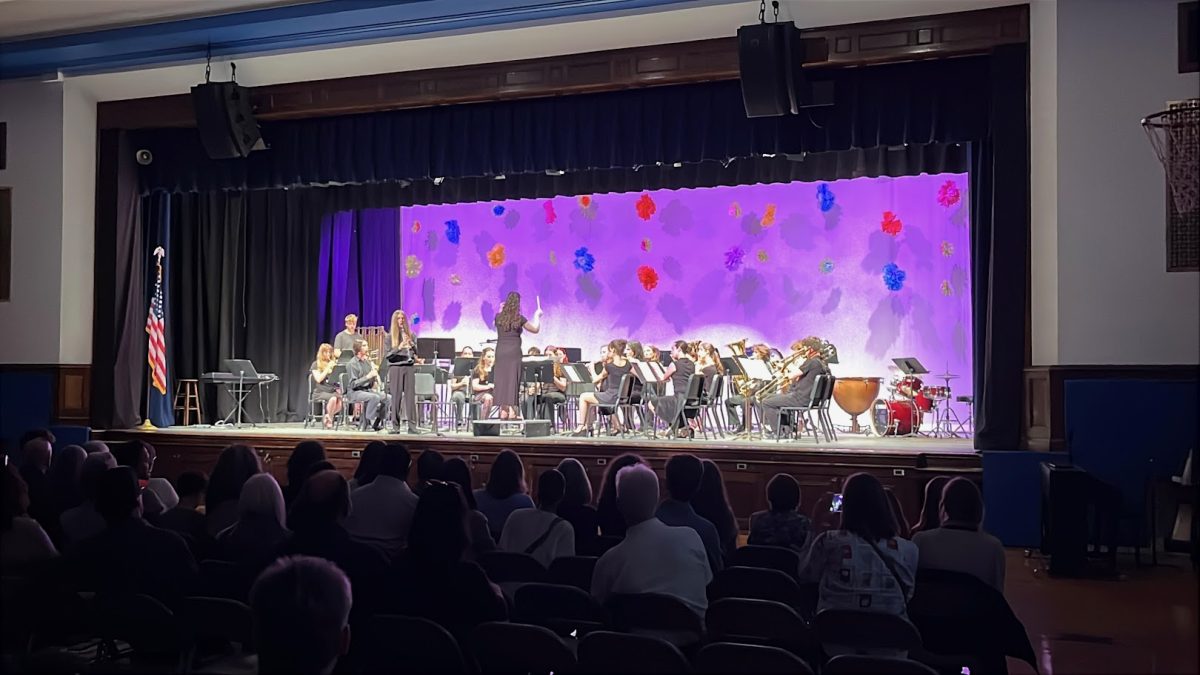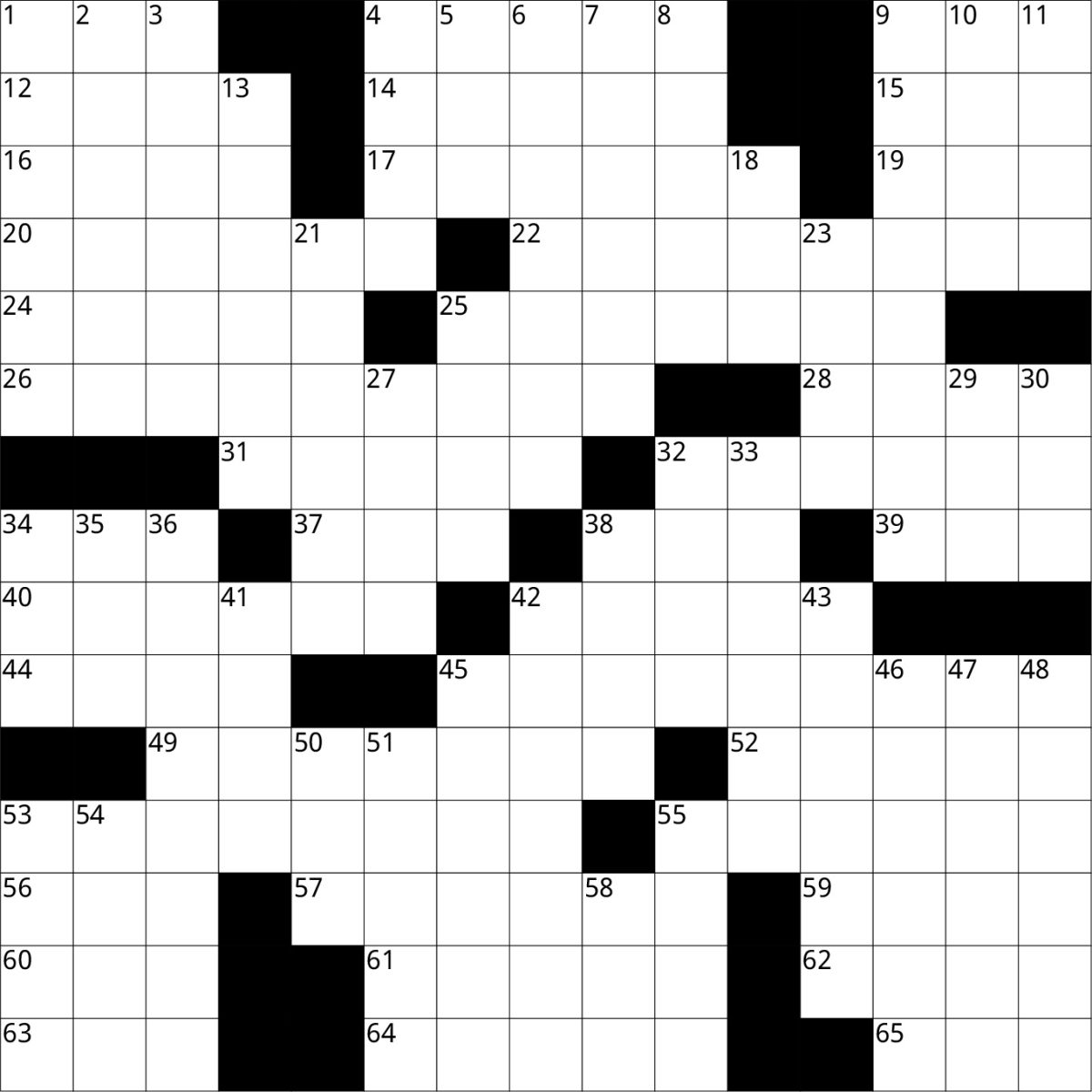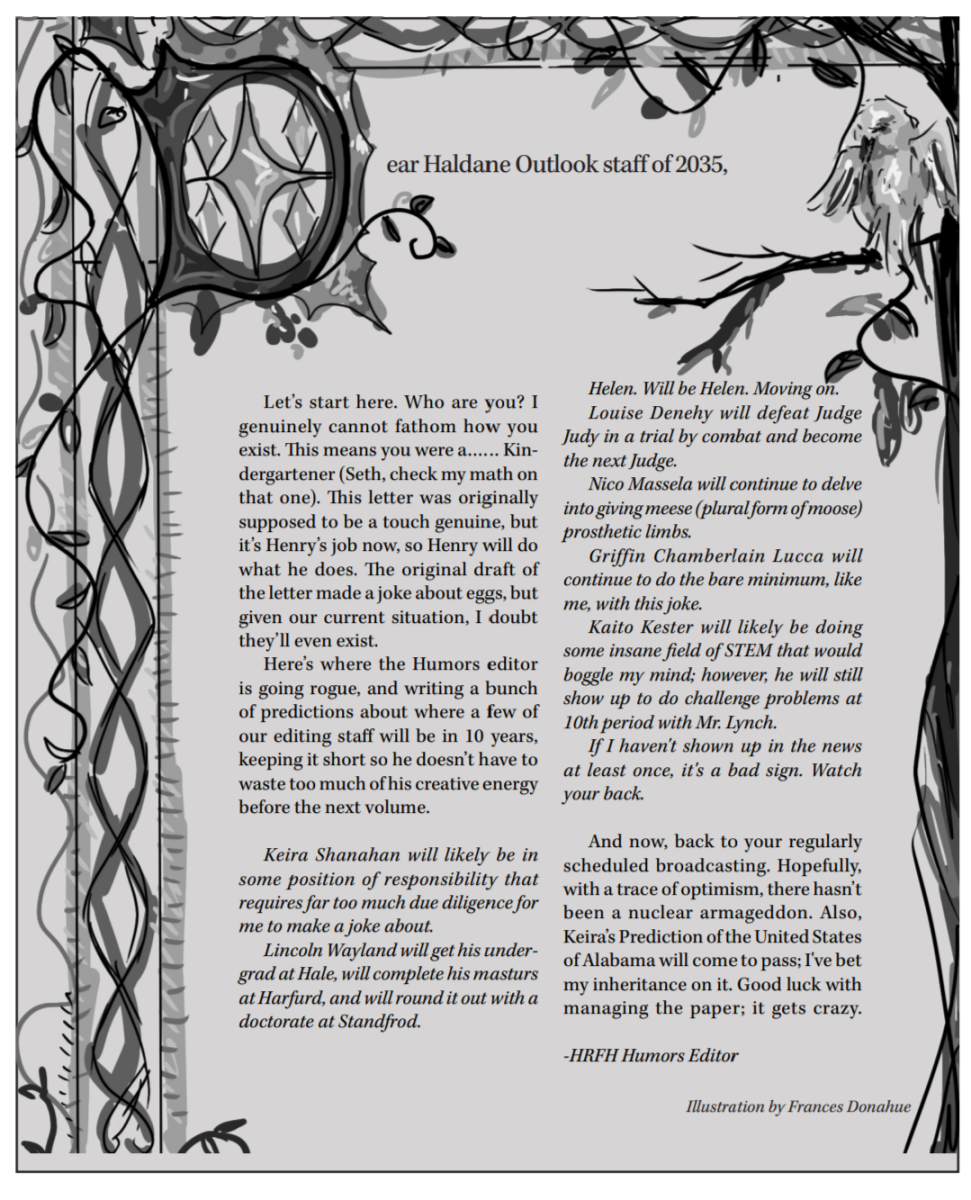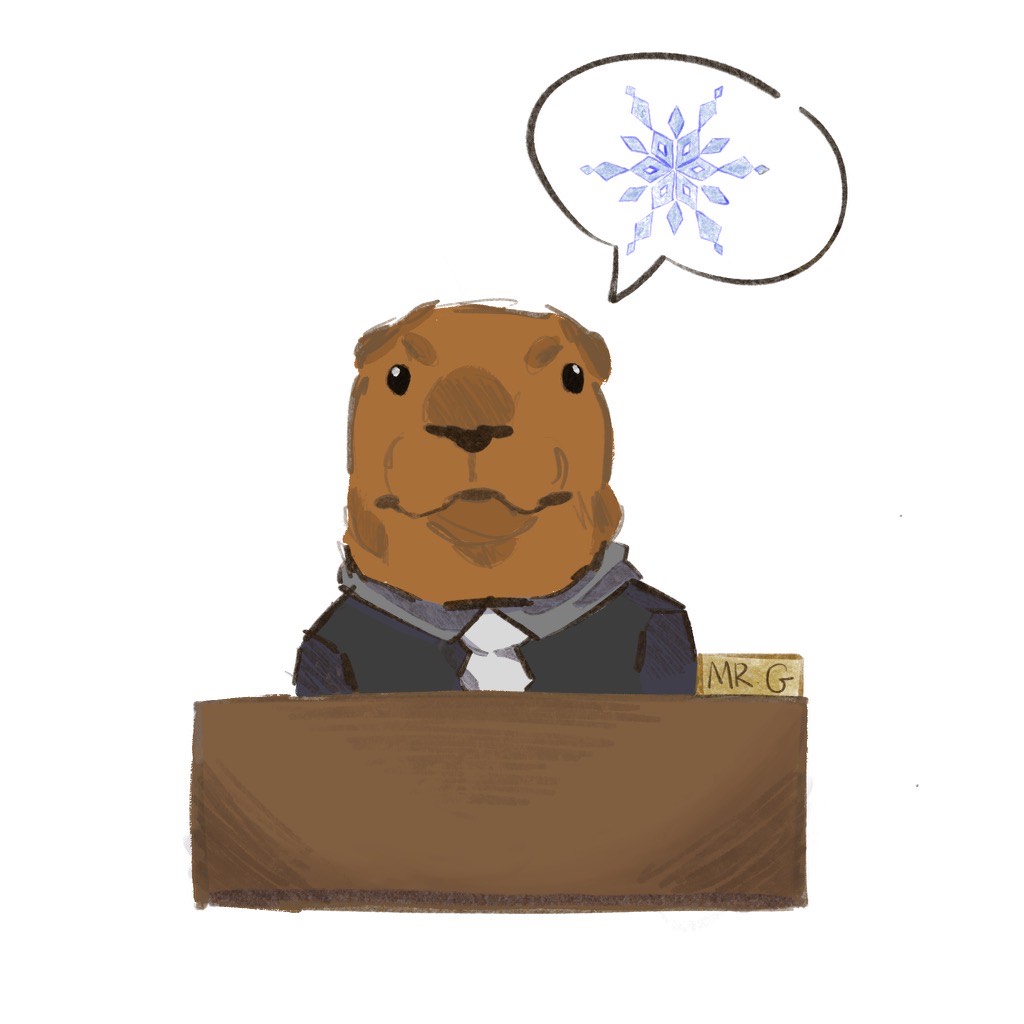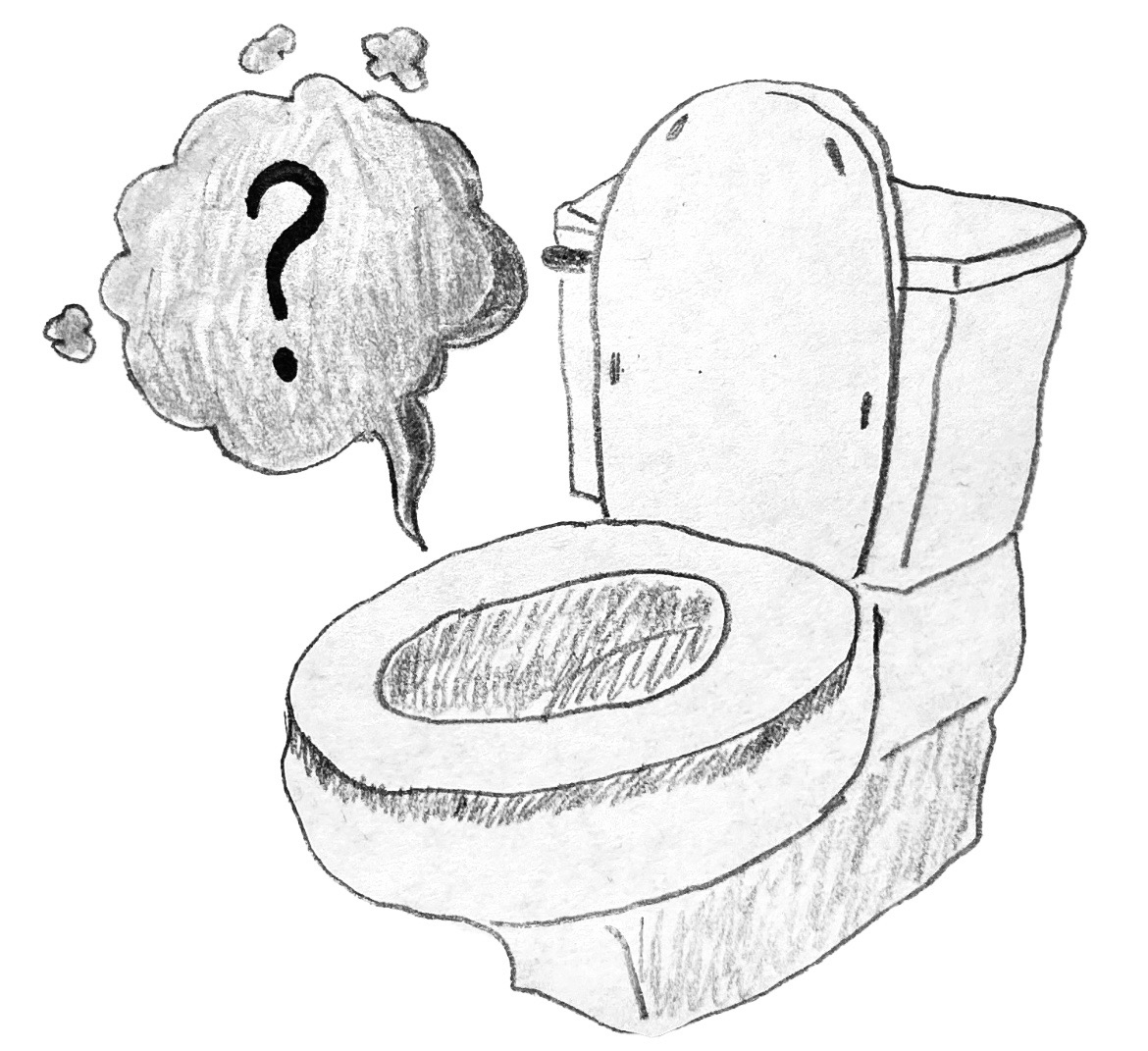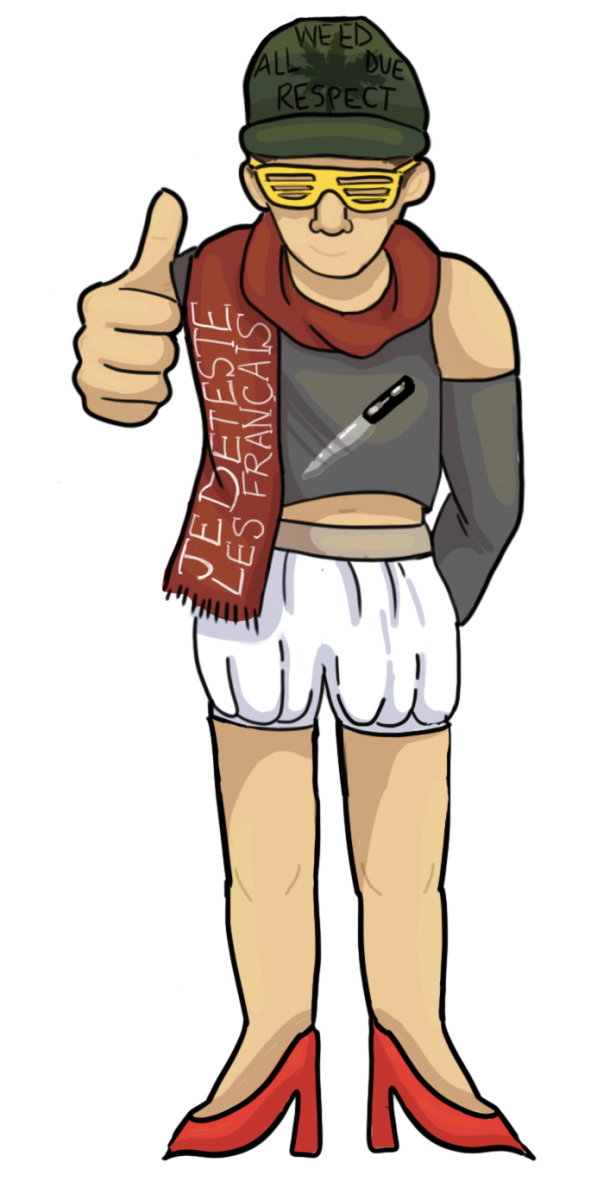From choosing what to eat for breakfast to deciding where to go to college, students make countless decisions throughout their day. According to PBS News, it is estimated that a person will make an average of 35,000 decisions a day. One major, overlooked decision we make every day is what to wear.
Depending on who you ask, picking out an outfit each day may be easy or may seem like life or death. But most would not mention the outside sources that influence the outfit of “their choosing.” Haldane has recently begun the process of reviewing its dress code; however, according to High School Principal and Code of Conduct Committee Chair Julia Sniffen, no changes are currently planned. To some students, the current dress code is obsolete, yet over the years, it has been modified to support and influence all students. The dress code has three main components: safety, appropriateness, and congruence with the Haldane learning environment.
The current dress code demonstrates Haldane’s commitment to promoting a safe, healthy school environment by stating that cloth ing cannot “contain imagery that promotes and/or endorse the use of alcohol, tobacco, marijuana, or illegal drugs” and cannot “contain imagery that promotes and/or endorse violence, threats, or other illegal or violent activities.” The current dress code also prohibits clothing items that contain obscenities or denigrate groups.
The school dress code has changed numerous times over the years. For example, in the early 2000s, the section that mentions hats changed to allow them to be worn as long as the teacher deems appropriate.
The modesty of clothing was also revised over the years to be clear cut and not particular to certain articles of clothing. Instead of listing specific articles of clothing like “tube tops” and “short shorts” that are not permitted, the current version states: “Be covered from mid-thigh to top of the chest in non-see-through material that is connected over the shoulder.” This change updated the code to include more types of garments and be more gender-neutral.
One dress code section that often is violated is the type of inappropriate wording and graphics some wear. “The biggest issue is kids wearing inappropriate t-shirts,” Senior Carolie Sniffen noticed. Senior Christian Ferreira stated, “I think when people wear words that shouldn’t be said, that is problematic.”
Students and teachers have different opinions on the dress code as a whole. Some students believe the dress code is up to standards and equally holds all students responsible. Sniffen said, “I do think that it is fair, and it is enforced equally among boys and girls.”
English teacher Ashley Linda stated, “I don’t think it is unreasonable that a high school has a dress code. With our specific dress code, it’s pretty broad – broad enough not to infringe on anyone’s rights.”
Other students don’t agree with some of the rules and consequences dictated by the dress code. Senior Frank Lanza adds, “If the rules are not going to be strictly enforced across the board, then why are they going to be strictly enforced on the part that I’m infringing upon?” He believes that some of the dress code is more sternly enforced, such as wording on clothes, while other parts are not as strict, like the different cuts of clothes, both of which are violations of the dress code.
Haldane High School’s code of conduct has been modified many times over the years; however, key points have remained the same. It aims to ensure students’ safety, establish what is appropriate within a school setting, and dispose of what negatively affects the educational process. Continuing to revisit the dress code is necessary as students and policies constantly change over time. Some students and faculty agree that the dress code is viable and contributes appropriately to our school. Other students argue that the dress code is unfairly enforced. However, for many students and teachers, the dress code isn’t seen as a punishment but as a dynamic way to maintain a balance between independence and responsibility within a school setting.


